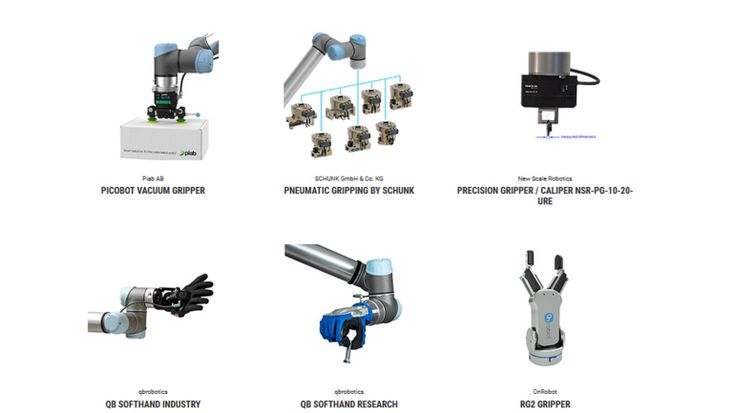The incredible variety of gripper types is due to the massive variety of objects robots can handle, from textiles to electronics components and automotive parts. For direct handling of delicate foodstuffs, for example, a small, soft gripper is likely to be the best choice. But for packaging and palletizing operations, where you need to stack boxes of product, a bulky gripper with large suction cups is probably the better choice.
Robots from Universal Robots are compatible with virtually every gripper type, including those listed above. In this article, we'll take a look at the some of the most common grippers.
When selecting a gripper, there are a few key considerations:
Application
Your choice of gripper should be guided primarily by the application you have in mind for your automation. Will it be handling small batch products? Does the gripper need to have strength or a delicate touch? Does the gripper have to be certified food safe?
The good news is that no matter which application you have in mind –handling delicate electrical components, for example, or assembly or palletizing large boxes-- you'll find the perfect gripper on UR+, Universal Robots’ ecosystem of 3<sup>rd</sup> party components certified to work seamlessly with UR robots.
Payload
Payload refers to the entire weight the robot arm is able to support, including the gripper. Just as your arm and hand can only lift certain weights at the gym, a robot can only handle so much weight without faltering. So, when choosing your robot hand, you must consider the payload capabilities of the robotic arm and the gripper itself.
Real world scenarios







